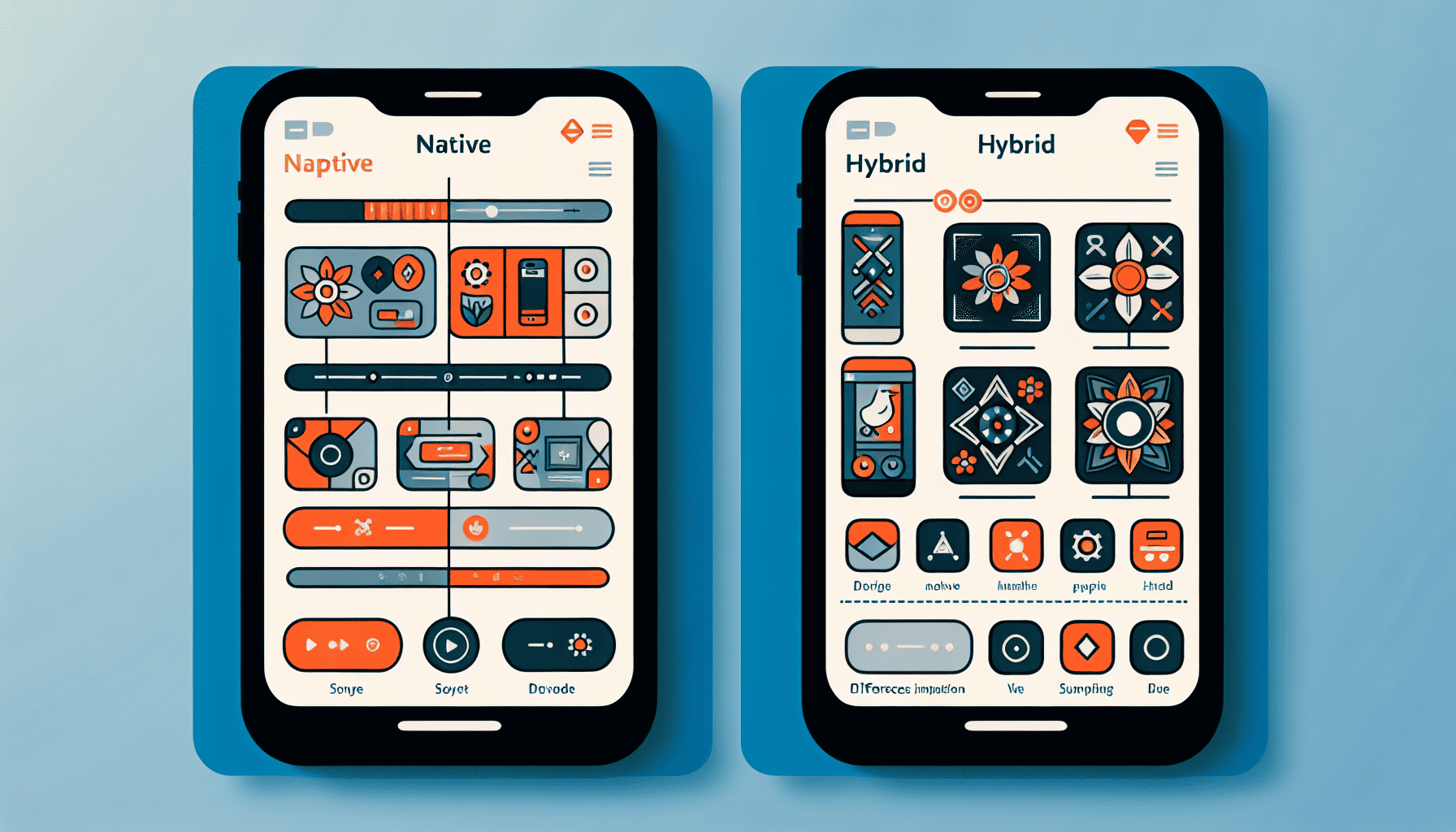In the ever-evolving world of mobile app development, choosing the right approach for your business is crucial. The decision often boils down to two primary options: native apps and hybrid apps. Each has its own set of advantages and drawbacks, and understanding these can help you make an informed choice tailored to your specific business requirements.
Native Apps: Pros and Cons
Native apps are developed specifically for a particular platform — either iOS or Android — using languages and tools that are unique to each. For iOS, Swift or Objective-C is used, while Android apps are built with Java or Kotlin.
Pros:
-
Performance: Native apps offer superior performance as they are tailored for the specific operating systems, allowing access to all the device's hardware and features seamlessly. This results in faster speeds and a more responsive user experience.
-
User Experience: Since native apps are built following the UX/UI guidelines of their respective platforms, they provide a more intuitive and engaging user interface, which can significantly enhance user satisfaction.
-
Access to Device Features: Native apps have complete access to a device’s features, such as the camera, GPS, and notifications, enabling richer functionality and a more integrated user experience.
-
Security: They generally offer a higher level of security, as native development environments and compilers are more robust and have enhanced security features.
Cons:
-
Cost: Developing apps natively for both iOS and Android can be expensive, as it requires separate teams and more development time.
-
Time to Market: Due to the complexities involved, native app development typically takes longer, which might not be ideal in a fast-paced business environment where time is a critical factor.
-
Maintenance: Updating native apps means making changes to both versions individually, which can also incur higher costs and additional time.
Hybrid Apps: Pros and Cons
Hybrid apps, on the other hand, are built using web technologies such as HTML, CSS, and JavaScript and are wrapped in a native container that enables them to run on multiple platforms.
Pros:
-
Cross-Platform Development: Hybrid apps allow developers to use one code base for both iOS and Android, which can significantly reduce development costs and time while increasing reach.
-
Faster Development: Since developers are essentially building one app rather than two, hybrid platforms enable faster time-to-market.
-
Easy Maintenance: With a single code base, updates and bug fixes are relatively straightforward and less costly than maintaining two separate native apps.
Cons:
-
Performance Limitations: While hybrid apps can provide satisfactory performance, they often don't match the speed and responsiveness of native apps, especially with more complex functionalities.
-
User Experience Constraints: They might not offer the same seamless look and feel as native apps, potentially resulting in a less optimal user experience on individual platforms.
-
Limited Access to Device Features: Although progress in hybrid frameworks has been made, they might still have limitations in accessing certain device features which can restrict functionality.
Making the Right Choice
Your decision between native and hybrid app development should align with your business objectives, budget, target audience, and required app performance. If you prioritize performance, user experience, and security, and have adequate resources, native development might be the better choice. However, if budget constraints and time-to-market are more critical, and you can tolerate some compromises in performance, hybrid apps provide an attractive alternative.
Ultimately, the choice between native and hybrid should be made based on a careful analysis of your business needs, target users, and future scalability plans, ensuring that your app can provide the most value and impact to your business strategy.
